 "for Michigan" (formichigan)
"for Michigan" (formichigan)
08/07/2015 at 12:50 ē Filed to: Local Motors, Strati, Popular Mechanics
 1
1
 16
16
 "for Michigan" (formichigan)
"for Michigan" (formichigan)
08/07/2015 at 12:50 ē Filed to: Local Motors, Strati, Popular Mechanics |  1 1
|  16 16 |

Popular Mechanicsí piece on Local Motorsí 3D-printed carbon fiber Strati posits the roadster as the simple, inexpensive future of mass-produced transportation. While I would tend to agree that cars are more complex and expensive than may be absolutely necessary, a close look at the Strati shows a golf cart/go cart level of crudeness that would never be acceptable in a first world country except as an off-road toy.
!!! UNKNOWN CONTENT TYPE !!!
One application PM mentions that seems more likely is selling the Strati in developing nations. But the cost of the car is quoted at $5000, which, unless Iím wrong, is approaching Tata Nano prices for something smaller and less capable than the Nano.
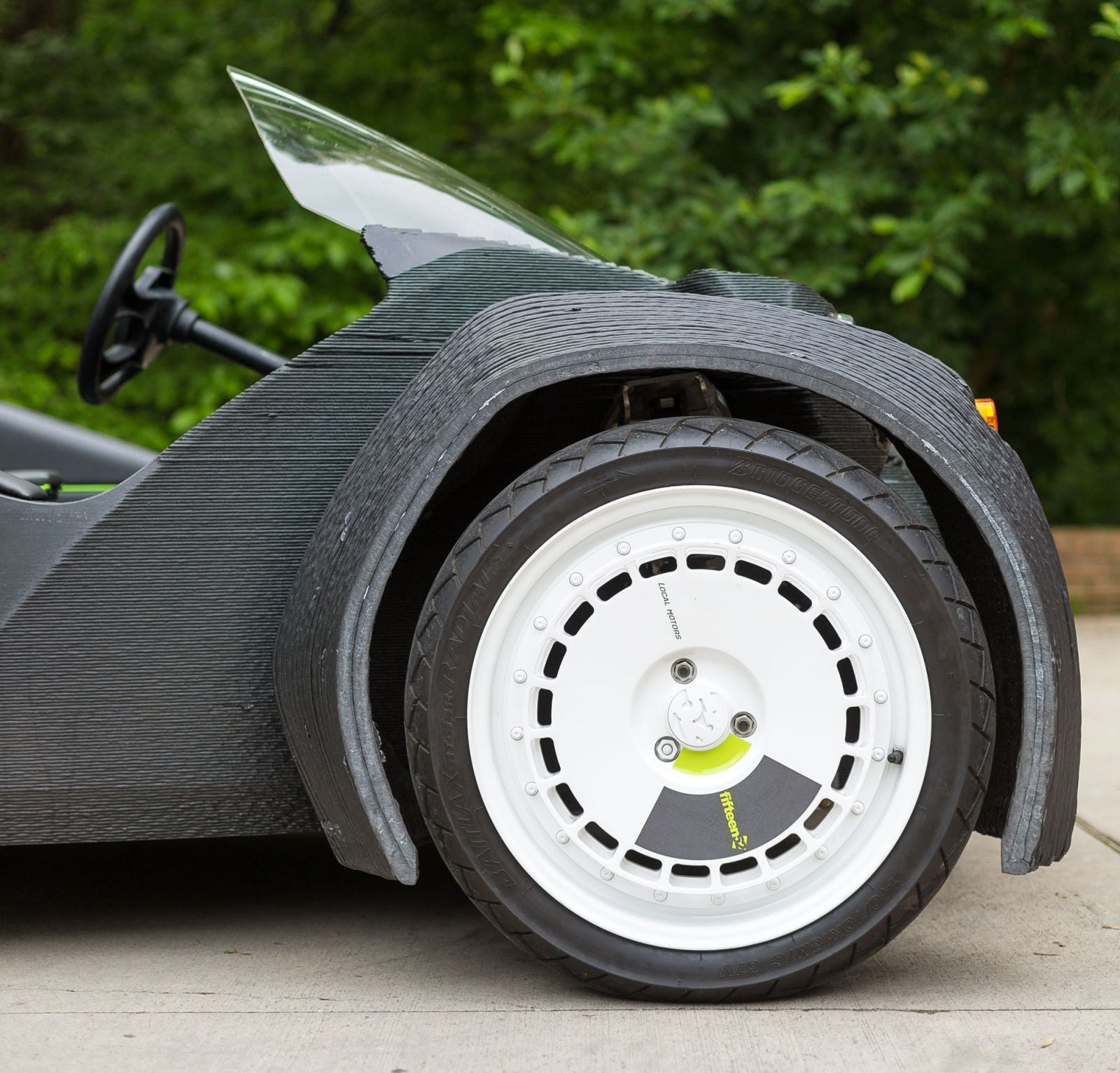
While the Strati is an awesome concept and seems likely to lead to advancements in the use of 3D printing for manufacturing, it seems a little further from production-ready than PM wants us to believe. Am I wrong to be skeptical?
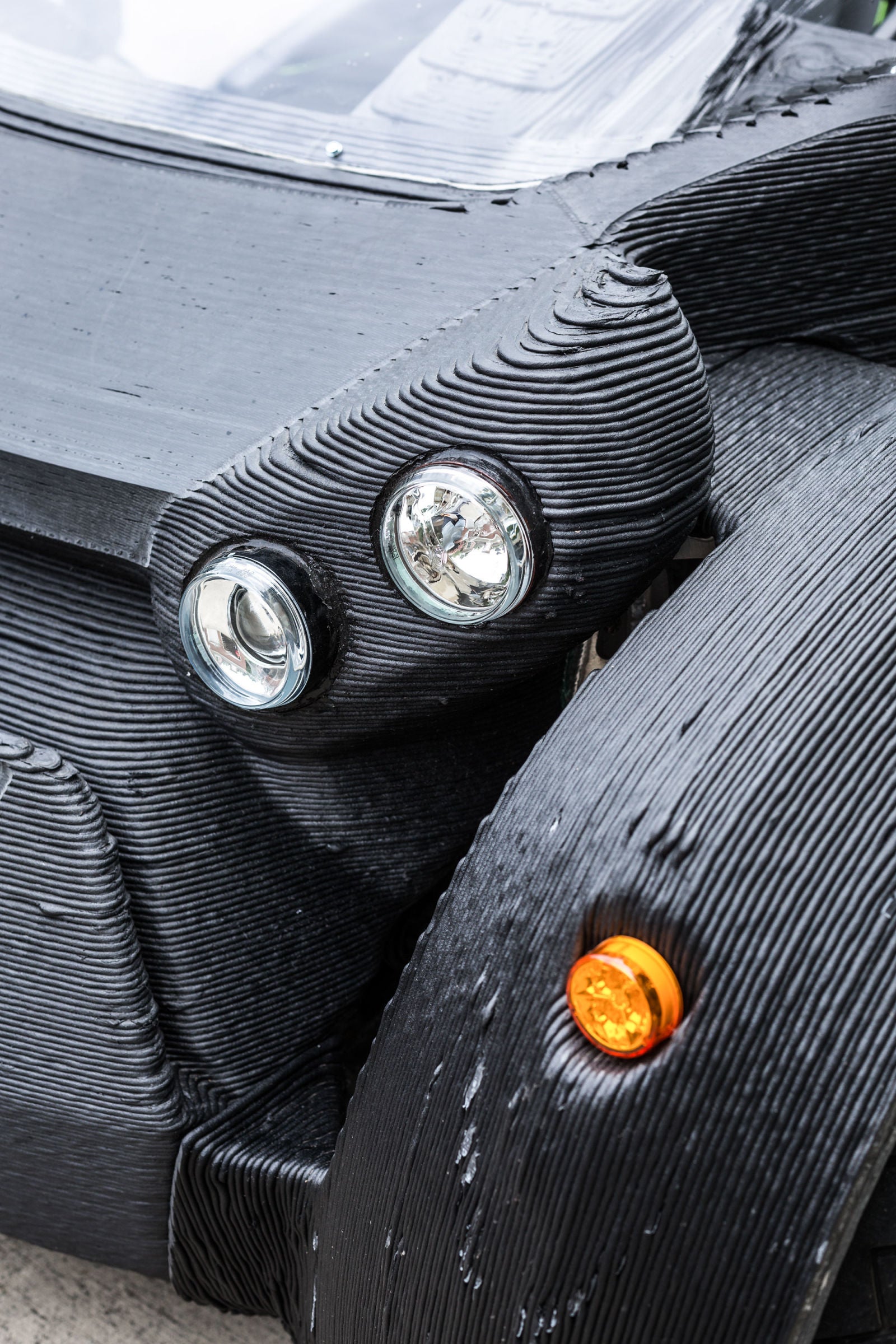
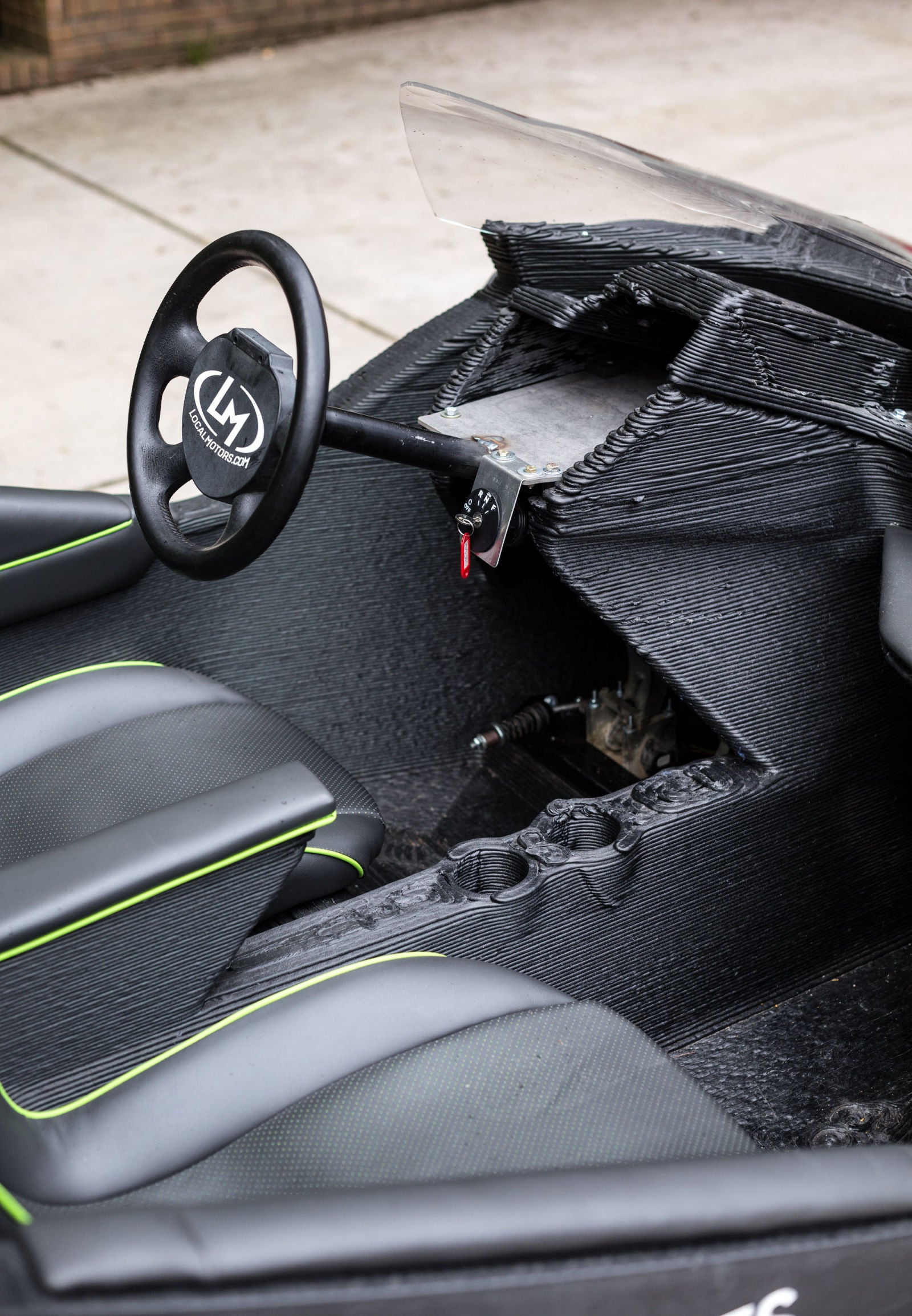
Photos from !!!error: Indecipherable SUB-paragraph formatting!!!
 Santiago of Escuderia Boricua
> for Michigan
Santiago of Escuderia Boricua
> for Michigan
08/07/2015 at 12:56 |
|
I think itís really cool, but Iíd also like to see how it holds up in a crash
 TheHondaBro
> Santiago of Escuderia Boricua
TheHondaBro
> Santiago of Escuderia Boricua
08/07/2015 at 13:03 |
|
You ever seen Legos come apart?
 for Michigan
> Santiago of Escuderia Boricua
for Michigan
> Santiago of Escuderia Boricua
08/07/2015 at 13:13 |
|
What Iíve seen of crashed CF cars is that they simply disintegrate. Iíd expect the same from this, but it doesnít look like is has crumple-zone equivalents built in.
Thatís mostly what Iím getting at here, though. This seems more like a registered-as-a-motorcycle toy to maybe tool around a small, semi-rural town in than any sort of replacement for a proper car.
 Nonster
> for Michigan
Nonster
> for Michigan
08/07/2015 at 13:14 |
|
No youíre not wrong. While Iím 100% for 3D printing, it isnít the be-all-end-all theyíre portraying it as. Itís a new manufacturing method that enables newer more creative designs than with any other, but it has its limitations. One line that irked me was the comparison to the carbon tub of the McLaren. A tub like the McLaren or any supercar or race car uses woven carbon fiber prepreg. The strength and durability of what they use for 3D printing (which is probably chopped CF in resin) is orders of magnitude weaker.
The real exciting and innovative side of 3D printing is the metal stuff. DMLS (deposited metal laser sintering) Theyíre getting material properties on par with traditional casting methods. That my friend, is exciting stuff
 Milky
> for Michigan
Milky
> for Michigan
08/07/2015 at 13:18 |
|
I wonder how long sanding all of that would take. Would look better smooth and with a coat of paint, but obviously thatíd be an endeavor.
 for Michigan
> Milky
for Michigan
> Milky
08/07/2015 at 13:22 |
|
ďWe milled the sides to show how that would look,Ē Rogers says. ďSome of the other parts are just how they came out of the printer, so you can see that. But we can make it look however we want. You could put a vinyl wrap on it and the car would still be completely recyclable.Ē
Itís mentioned in passing, but we donít get any details on the process involved in milling the CF body. They also failed to include any closeups of the milled side, but from the closeup of the lights, it appears even the milled surfaces leave something to be desired.
 PS9
> for Michigan
PS9
> for Michigan
08/07/2015 at 13:26 |
|
It does look like itís not entirely there...did they print it out of Dark Matter? The dude looks like heís driving a special effect.
Things will get real interesting once 3D metal printing costs come down. Thatís not going to be for a while though (20-50 years)
 Milky
> for Michigan
Milky
> for Michigan
08/07/2015 at 13:48 |
|
I completely forgot I actually saw a piece they painted at the auto show. Those milled areas still arenít smooth enough for paint, but its doable obviously.

ipotato
 Chris_K_F drives an FR-Slow
> for Michigan
Chris_K_F drives an FR-Slow
> for Michigan
08/07/2015 at 14:13 |
|
More likely I expect the first major step of using mass 3D printing in the auto industry will be replacement parts for specific applications that generally have hard to find parts, think classics and enthusiast niche cars. Then it will likely extend into actual production of individual parts.
I donít think we will see major sales of 3D printed cars for a very long time, but more likely never.
 Baeromez
> for Michigan
Baeromez
> for Michigan
08/07/2015 at 14:52 |
|
This thing would be a nightmare to clean.
 BigBlock440
> for Michigan
BigBlock440
> for Michigan
08/07/2015 at 16:11 |
|
for something smaller and less capable than the Nano.
Huh? I guess it has 2 extra seats, but itís not really any bigger/more capable. Also, you mention carbon fiber, where do you get that from? Iím pretty sure itís ABS or some other type of plastic, I donít think carbon fiber is printable.
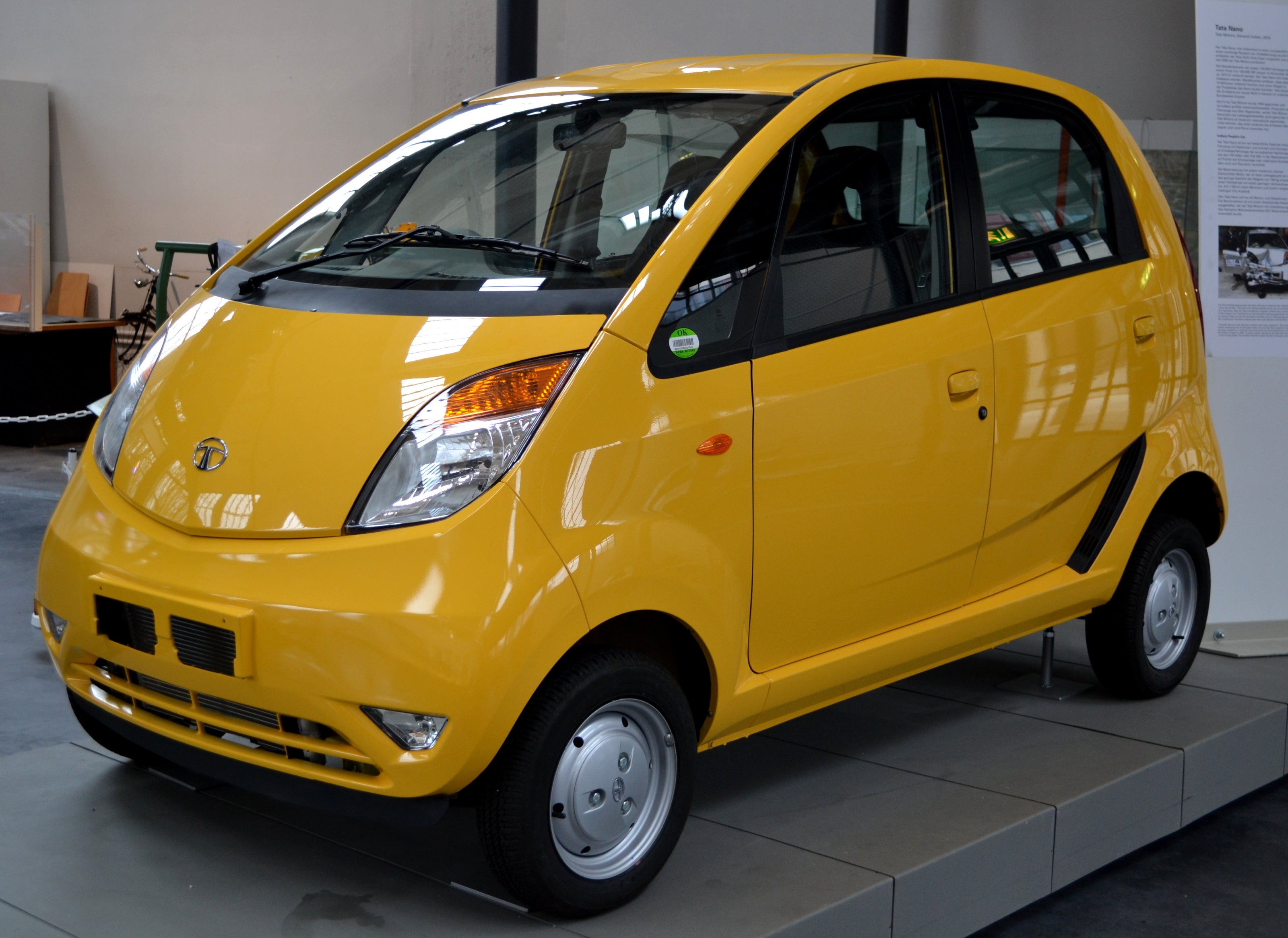
 for Michigan
> BigBlock440
for Michigan
> BigBlock440
08/07/2015 at 16:41 |
|
The Strati is printed from carbon-fiber-reinforced plastic, a versatile, strong, and relatively cheap material that could enable some new approaches to safety.
The tech to 3D-print CFRP has been around for at least a year.
The Nano has:
An enclosed passenger compartment
Some cargo capacity
Third world-appropriate ride height
Real windows
Among other things.
 pip bip - choose Corrour
> for Michigan
pip bip - choose Corrour
> for Michigan
08/07/2015 at 21:15 |
|
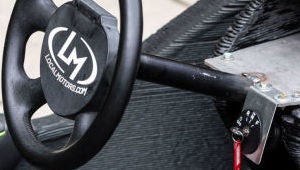
golf cart?
 for Michigan
> pip bip - choose Corrour
for Michigan
> pip bip - choose Corrour
08/07/2015 at 23:01 |
|
the Strati shows a golf cart/go cart level of crudeness
 BigBlock440
> for Michigan
BigBlock440
> for Michigan
08/09/2015 at 20:18 |
|
Why buy an Miata when a Mirage is both cheaper and more capable?
 for Michigan
> BigBlock440
for Michigan
> BigBlock440
08/10/2015 at 03:17 |
|
To answer your question with a hypothetical situation that is relevant to what Popular Mechanics offered as the most promising use of this technology: Because Iím a father of three children living in a developing country where I can just barely afford one vehicle with which to commute to a job that allows me to put food on my familyís table with some regularity. Buying the Nano/Mirage over the Strati/Miata means I can take my family places and maybe still afford to put my kids in school.
Iím not against fun over practicality (my first car was a two-seater with negligible cargo room and I currently DD a coupe), but in the application PM presents, fun vs. practicality is a moot point.